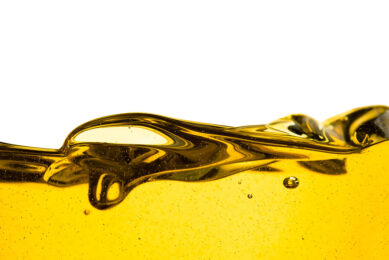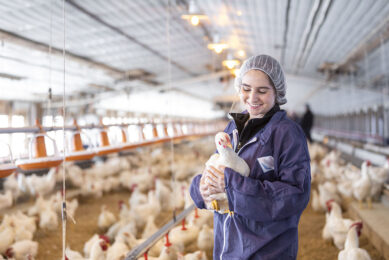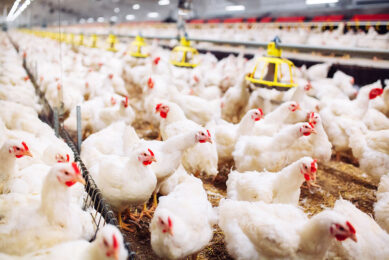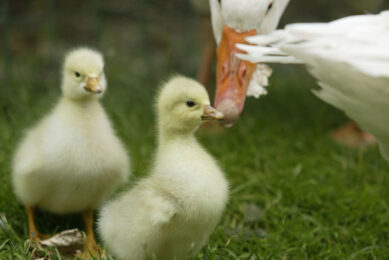Antibacterial effect of MCFAs in broilers
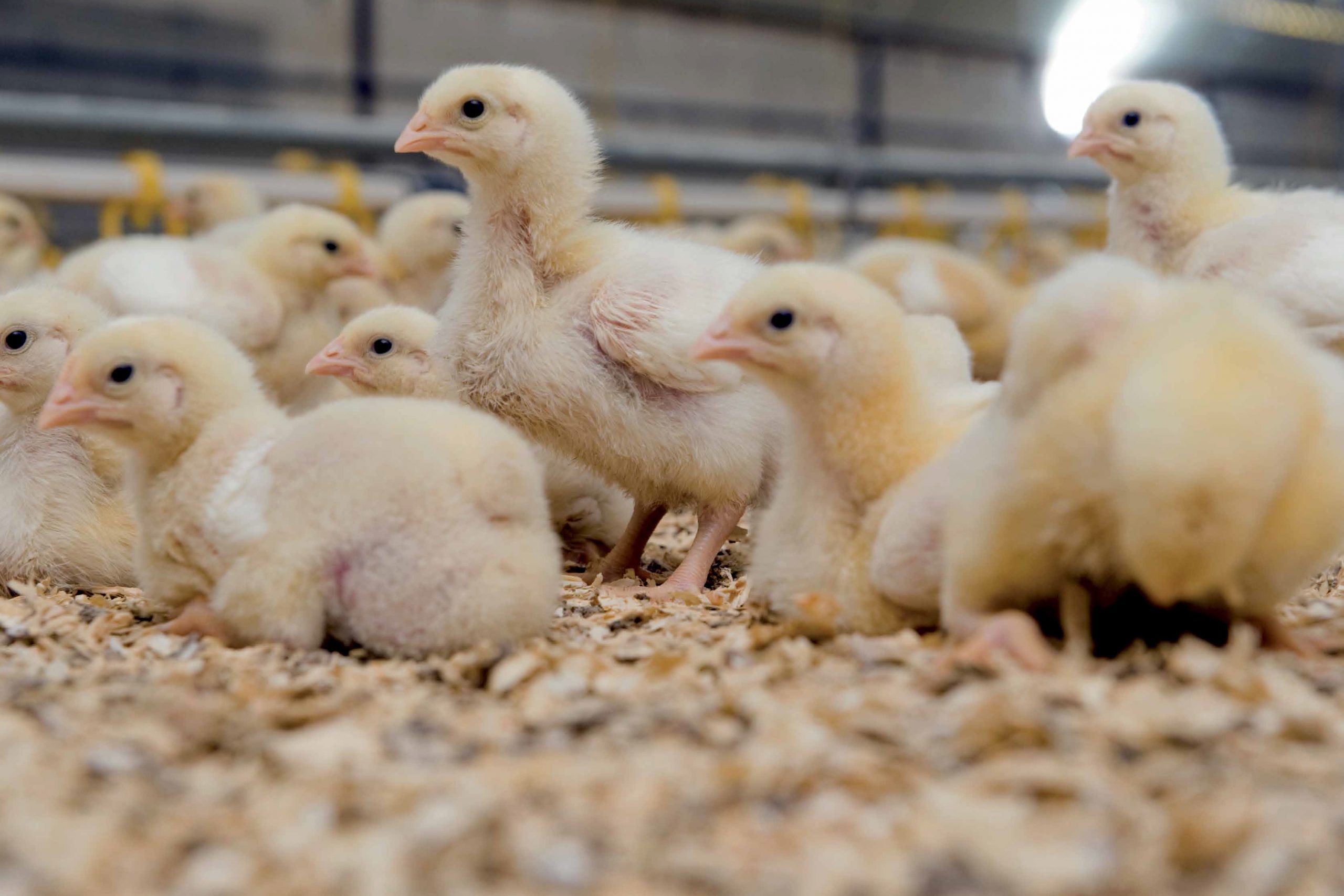
MCFAs, medium-chain fatty acids with a chain length of 6-12 C-atoms, are widely used in the industry, mainly because of their antibacterial activity and their positive effect on performance. Trials show that MCFAs serve as an alternative, non-antibiotic approach to improve animal performance and health.
MCFAs can be an alternative to antibiotic growth promoters (AGP’s) in animal feed, due to their antibacterial activity. Sweden was the first country to start eliminating AGP use already in 1986. Other countries followed during the 1990s. In the meantime the agricultural industry looked to find alternatives.
Zentek et al. (2011) made a review of the antibacterial effect of caprylic (C8) and capric (C10) acid in in vitro trials. Table 1 shows an overview. Noba Vital Lipids carried out an in vitro trial with three different mixtures consisting of C8 (Caprylic), C10 (Capric) and C12 (Lauric) fatty acids. This trial showed that all products were antibacterial against gram-negative bacteria like E. coli and Salmonella but also against gram-positive bacteria like enterococcus, staphylococcus and clostridia. The mixture with highest C8 and C10 has the strongest antibacterial effect against E. coli and Salmonella. Different literature sources state that lauric acid is most effective against gram-positive bacteria. The antibacterial effect of MCFAs is explained as the ability of MCFAs to inactivate bacteria, viruses and parasites. So in general it is clear that MCFAs are antibacterial. But sometimes results from different in vitro trials can be contradictory. For example, in one in vitro study C8 and C10 were antibacterial against E. coli and Salmonella, and in another in vitro study no effect has been measured. This can be explained by differences in concentrations, culture media, different strains of bacteria and pH value.
In vitro experiments showed a negative correlation between increasing pH values and the efficacy of MCFAs. Based upon those results the pH of the surrounding environment is of great importance. The antibacterial activity depends on the degree of dissociation of the fatty acids. As MCFAs are in a undissociated fat-soluble form, at pH between 3 and 6, they can easily penetrate the semi-permeable membrane. When MCFAs are used in feed formulation with a low buffering capacity the antibacterial effect of MCFAs might be more effective.
Different modes of action
Besides penetrating the membrane, MCFAs can have different modes of action. The prime target of MCFAs seems to be the bacterial cell membrane and the various essential processes that occur within and at the membrane. MCFAs can make the bacterial cell membrane porous or even solubilise the membrane in case of high concentration. MCFAs can impair the energy production of the cells caused by interference of the electron transport chain and disruption of the oxidative phosphorylation. Other processes that may contribute to inhibition of bacterial growth or death can be caused by cell lysis, inhibition of enzyme activity or impaired nutrient uptake.
Noba carried out an experiment where different MCFAs (C6, C8, C10 and C12; 1% MCFAs per group) were tested with broilers in grower diets from day 7-28, in viscous and non-viscous diets. The different MCFA groups were compared to the control group with soya oil and animal fat. The aim of this trial was to study the effect of those MCFAs on FCR and on microbiota in the small intestine.
As most other research that has been done is in vitro research, this experiment was an in vivo trial, and tried to translate earlier in vitro results to practical situations. Samples from the ileum, at the Meckel’s diverticulum, were taken at day 24. From those ileal samples the total bacterial load and number of lactobacilli were determined with use of qPCR and rDNA sequencing. Why lactobacilli? This bacteria is dominantly present in the ileum, and lactobacilli can also affect the feed efficiency negatively.
Presence of lactobacilli in ileum
Modulating the microbial composition in the gastrointestinal tract, especially in the ileum, is of key importance since it affects to a great extent the intestinal function and nutrient utilisation. The ileal digesta contains 108 and 109 bacteria per gram. The bacterial population present in the ileum is highly affected by the diet composition as it affects the substrate availability and the composition of bacterial species at the distal gastrointestinal tract. Figure 1 shows the number of bacteria that are present in the ileum. Lactobacillus spp has the highest concentration (70%) in the ileum.
Negative effects of lactobacilli
Lactobacilli are mainly known as the ‘good ones’. Those lactobacilli are well known as probiotica in the food industry. Within animal production this should also be put into another perspective. All bacteria consume energy and nutrients. The fact that lactobacilli are present in the small intestine in high numbers implies that they assimilate a significant amount of amino acids, vitamins and carbohydrates. Lactobacilli in the small intestine may assimilate an estimated 3–6% of total dietary amino acids. Lactobacilli convert glucose into lactic acid, this results in 6.5% loss of the net energy, compared to direct available glucose. Van de Hoeven-Hangoor (2013) describes also another negative aspect, that Lactobacilli can deconjugate bile salts, which reduces the emulsification, digestion and absorption, so remaining thus more substrate at the distal part of the ileum that will be used for bacteria growth. This ultimately results in dysbiosis and loss of productivity.
Effect on Lactobacillus
All MCFAs improved the feed conversion ration (FCR) in viscous as well in non-viscous diets. The clearest effect of reduction of total amount of bacteria was seen in the group with a high level of C12. The group with a high level of C8 and C10 fatty acids reduced the relative abundance of lactobacilli significantly. Also a shift was noticed; the groups with a high level of C8, C10 and C12 showed a shift from Lactobacillus aviaries to Lactobacillus gasseri. The group with a high level of C12 reduced the relative abundance of Lactobacillus salivarius. The species L. salivarius, L. aviaries and L. crispatus were associated with an impaired performance. Harrow et al. (2007) associated improved broiler weight gain with a reduced size of the L. salivarius population in the ileum.




